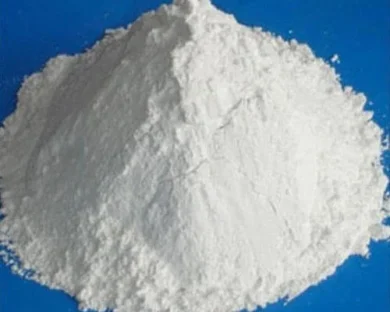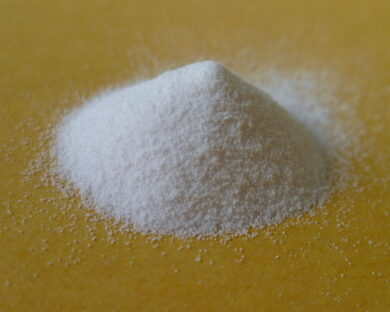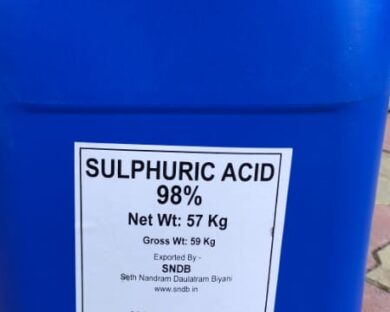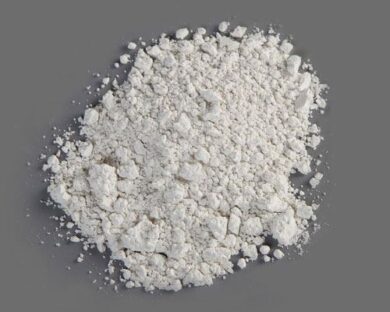Oxalic Acid
Oxalic Acid
Oxalic acid is an organic and simplest di-carboxylic acid. It has the chemical formula C2H2O4, and it is a weak acid in the solution. Oxalic acid is one of the strong acids and expels many acids like carbonic acid from their salts. It has two forms, oxalic acid hydrated and oxalic acid anhydrous, that further exist in two different polymorphs.
Oxalic acid can be manufacture in many ways. The annual production of oxalic acid is approx. 120,000 tons. But it is mainly manufactured by oxidation of carbohydrates or glucose while using nitric acid or air in the presence of vanadium penta-oxide. In history, oxalic acid used to prepare caustic like sodium or potassium hydroxide on sawdust. Pyrolysis of sodium for-mate uses pyrolysis to prepare sodium oxalate that changes into oxalic acid.
Oxalic acid has a vital role in the textile and paper industry. It plays an essential role in dyeing, and the crystalline form mixed with water is used as a bleach for wood pulp. Its uses also include cleaning, especially rust removal. As; it has the property to form stable water-soluble salt with ferric iron. Oxalic acid plays an essential role in lanthanide chemistry. To extract lanthanide metals and as a reducing agent and analytical reagent, oxalic acid has wide application. Laundries use oxalic acid as an acid rinse. Most beekeepers as a miticide to use against the parasitic varroa mites. It is also an essential ingredient for oral care products.
Oxalic acid is a toxic and harmful compound. On inhalation, it can severely damage the esophagus and respiratory tract. Because of its acidic nature, oxalic acid causes severe tissue damage and burns when contacted with skin or eyes.
On ingestion, its results can be fatal and lead to kidney failure.
USES AND APPLICATIONS FOR Oxalic Acid
INDUSTRIES
It is used in numerous industrial applications like:-
- Cleaning
- Extractive metallurgy
- Niche uses
- Oral care products
- Bleaching
- Dyeing
- Reducing agent
- Analytical reagent
- Scales removing
… and many more.
Details of SNDB Chemicals Oxalic Acid can be found below:-
Oxalic Acid
Oxalic acid, with the chemical formula C2H2O4, is a naturally occurring organic compound. It belongs to the family of dicarboxylic acids, which are characterized by having two carboxylic acid (-COOH) functional groups. This acid is found abundantly in various plants, particularly in the form of oxalate salts. In its pure form, oxalic acid appears as a colorless, crystalline solid with a sour taste. Let’s delve deeper into its chemical properties and explore its wide array of applications.
Chemical Structure and Properties
The molecular structure of it consists of two carboxyl groups (-COOH) attached to a central carbon atom. This arrangement imparts unique chemical properties to oxalic acid, making it a versatile compound with numerous applications.
Solubility: it is highly soluble in water, facilitating its use in aqueous solutions across various industries. Its solubility also makes it effective for cleaning purposes.
Acidic Nature: With two carboxylic acid groups, oxalic acid is a strong organic acid. It readily donates protons in aqueous solutions, resulting in acidic properties. This characteristic makes oxalic acid useful in chemical processes requiring acidic conditions.
Redox Properties: it exhibits interesting redox behavior. It can undergo reduction to form various products, including carbon dioxide and water. This property finds applications in redox reactions and industrial processes.
Applications of Oxalic Acid
- Industrial Cleaning and Rust Removal:It serves as a key ingredient in many industrial cleaning products due to its ability to dissolve various substances, including rust and mineral deposits. It effectively removes rust stains from metal surfaces, making it valuable in industries such as automotive, manufacturing, and metal fabrication.
- Textile and Leather Processing: In textile and leather industries, it finds applications as a bleaching agent and pH regulator. It helps in the removal of stains, impurities, and unwanted dyes from fabrics and leather products. Additionally, oxalic acid assists in the processing of natural fibers like cotton and wool.
- Wood Bleaching and Restoration: It is commonly used to bleach and restore wood surfaces. It effectively removes stains, watermarks, and discoloration from wood caused by exposure to sunlight and moisture. Woodworkers and furniture restorers rely on oxalic acid to revive the natural beauty of wood.
- Chemical Synthesis: Due to its acidic nature and ability to participate in various chemical reactions, it serves as a precursor in the synthesis of numerous organic compounds. It is employed in the production of pharmaceuticals, dyes, and fine chemicals.
- Food and Beverage Industry: While it itself is not used directly in food products, its salts, such as potassium hydrogen oxalate, find applications as acidity regulators and preservatives in the food and beverage industry. Additionally, oxalic acid plays a role in food preservation and can inhibit microbial growth in certain products.
- Analytical Chemistry: It serves as a standard substance in analytical chemistry for calibrating instruments and determining the concentrations of other substances. Its well-defined properties make it a valuable reference compound in laboratory settings.
- Photography: In traditional photography, oxalic acid is used in developing solutions to process black-and-white photographic films and prints. It aids in the removal of unexposed silver halide crystals from the photographic emulsion, resulting in clear and sharp images.




